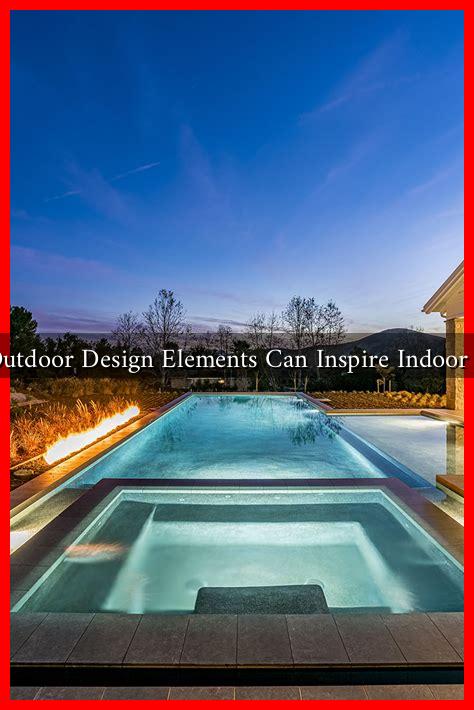-
Table of Contents
What Outdoor Design Elements Can Inspire Indoor Spaces?
As urban living becomes increasingly prevalent, the desire to bring the tranquility and beauty of nature indoors has gained momentum. Outdoor design elements can significantly influence indoor spaces, creating environments that are not only aesthetically pleasing but also promote well-being. This article explores various outdoor design elements that can inspire indoor spaces, providing insights into how to incorporate these features effectively.
The Power of Natural Light
One of the most significant outdoor elements that can enhance indoor spaces is natural light. Large windows, skylights, and open floor plans can help to create a seamless transition between the indoors and outdoors.
- Large Windows: Floor-to-ceiling windows can flood a room with natural light, making it feel more spacious and connected to the outside world.
- Skylights: These fixtures can illuminate dark areas of a home, providing a sense of openness and enhancing the overall ambiance.
- Open Floor Plans: By removing barriers between rooms, open layouts can mimic the feeling of being outdoors, allowing for better light flow and air circulation.
According to a study by the American Institute of Architects, homes with ample natural light can improve mood and productivity, making them more desirable living spaces.
Incorporating Natural Materials
Natural materials such as wood, stone, and plants can create a warm and inviting atmosphere indoors. These elements not only enhance aesthetics but also contribute to a healthier living environment.
- Wood: Using reclaimed wood for flooring, beams, or furniture can add character and warmth to a space, reminiscent of outdoor settings.
- Stone: Incorporating stone elements, such as a feature wall or fireplace, can evoke the rugged beauty of nature.
- Plants: Indoor plants not only purify the air but also bring a touch of greenery indoors, creating a calming effect.
Research from the University of Queensland indicates that indoor plants can reduce stress and enhance overall well-being, making them an essential element in indoor design.
Water Features: A Touch of Serenity
Water features, such as fountains or aquariums, can introduce a sense of tranquility and relaxation to indoor spaces. The sound of flowing water can create a soothing atmosphere, reminiscent of outdoor environments.
- Indoor Fountains: These can serve as focal points in living rooms or entryways, providing both visual and auditory appeal.
- Aquariums: Not only do they add beauty, but they also promote relaxation and can be a conversation starter.
A study published in the Journal of Environmental Psychology found that the presence of water features can significantly reduce stress levels and enhance mood.
Outdoor Colors and Textures
Colors and textures found in nature can inspire indoor design choices. Earthy tones, vibrant greens, and soft blues can create a calming palette that reflects the outdoors.
- Earthy Tones: Shades of brown, beige, and terracotta can create a warm and inviting atmosphere.
- Greens and Blues: These colors can evoke feelings of tranquility and freshness, reminiscent of lush landscapes and clear skies.
- Textured Fabrics: Incorporating natural textures, such as linen or cotton, can enhance the tactile experience of a space.
According to color psychology, colors can influence mood and behavior, making it essential to choose hues that promote a sense of calm and well-being.
Conclusion
Incorporating outdoor design elements into indoor spaces can create environments that are not only visually appealing but also promote health and well-being. By embracing natural light, using organic materials, adding water features, and selecting nature-inspired colors and textures, homeowners can transform their interiors into serene sanctuaries. As we continue to seek balance in our increasingly urban lives, drawing inspiration from the outdoors may be the key to creating spaces that nurture both body and soul.

